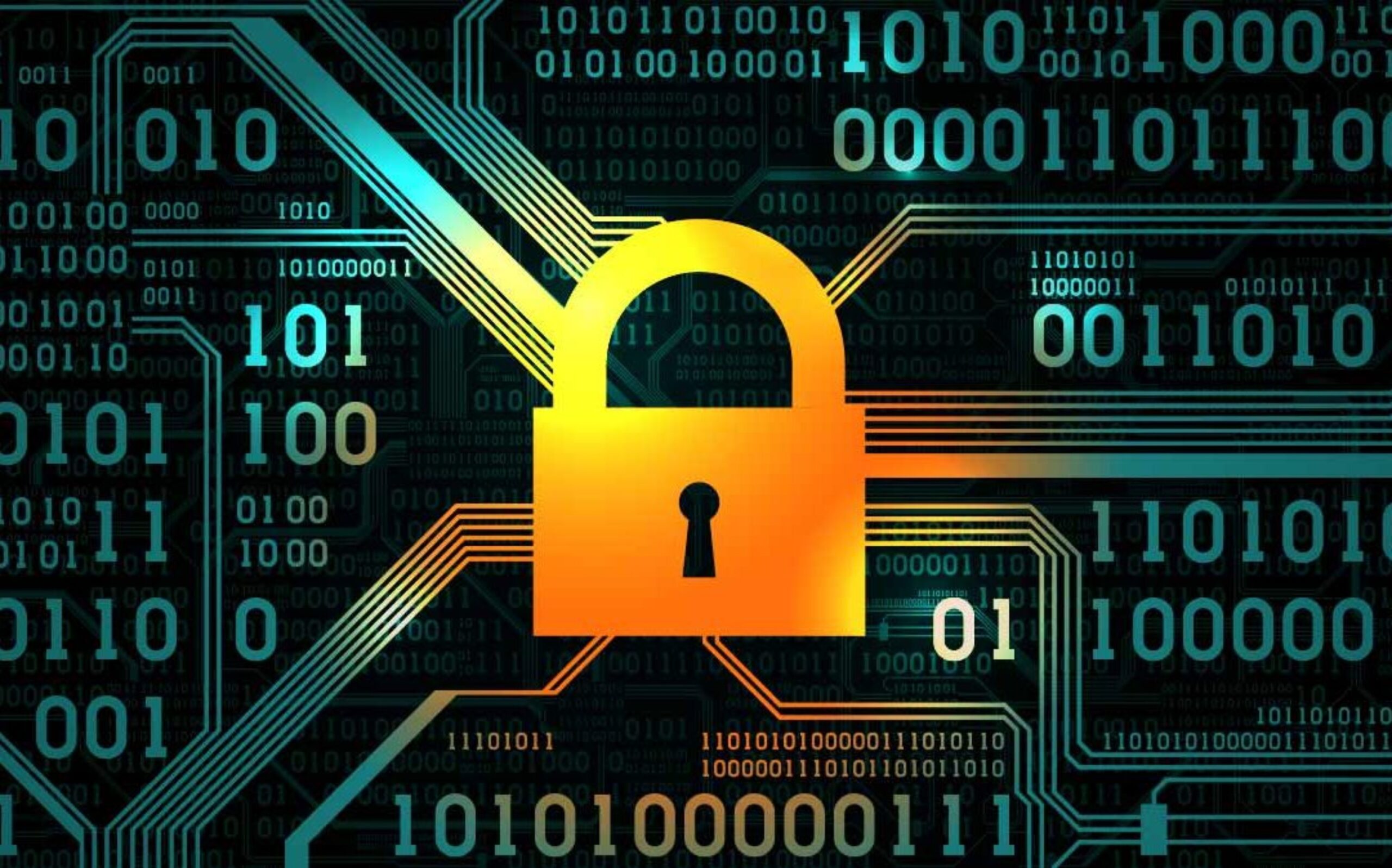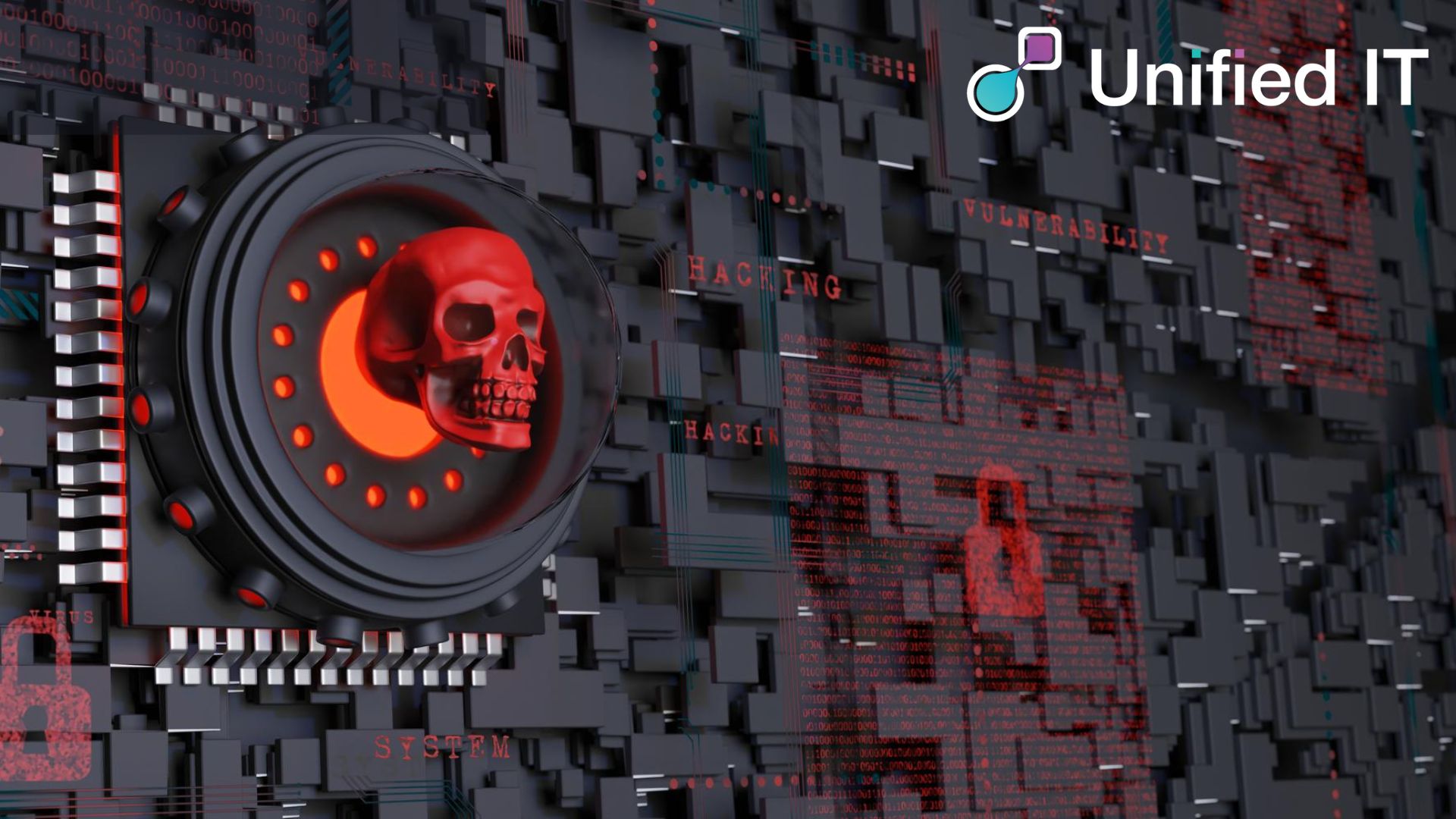Living in the digital age means that protecting your online information is crucial. Possessing a robust “Security Skeleton” is essential for maintaining security. This blog post will explain the importance of security skeletons, how they safeguard your online assets, and provide simple ways to improve their functionality. Before going further, check out our Passkeys and Passwords and Password Managers articles.
Comprehension of Security Skeletons:
What Constitutes a Security Skeletron? A security skeleton can be thought of as the primary framework that protects your online assets. Think of it as the robust framework that ensures the security of your IT environment. Essential Components of a Security Skeleton:
- Digital Barriers: To prevent unauthorised access, build digital walls.
- Encryption: Using sophisticated coding to keep private information protected.
- Frequent Checks and Updates: Ensuring that your security is constantly current.
- Secure Logins: Verify who is who by using secure login techniques.
- Watching and Reacting: Be alert for anything strange and quickly act if something goes wrong. Meanwhile, we suggest you learn more about Defending against Saas Ransomware and Identity And Access Management to gain a deeper insight into cyber security.
The Value of a Security Skeleton:
- Safeguarding Confidential Information: Your security skeleton functions as a shield, protecting your personal information from prying eyes and internet threats.
- Maintaining the Security of Your Data: It provides a robust foundation for implementing security measures, ensuring the integrity and protection of your data.
- Establishing Trust: People feel more comfortable entrusting you with their information and interactions in a secure online environment.
Enhancing Your Security Skeleton:
- Select Robust Security Tools: Make sure the tools you select align with the requirements of your business.
- Regularly Check Security: To ensure your security remains robust, perform routine checks to quickly identify and address any issues.
- Educate Your Staff: Ensure that your staff understands the importance of security and takes part in maintaining it.
- Remain Educated: Keep up with the latest internet threats to ensure your security framework is ready for anything.

Threats to Security Skeletons:
- Outdated Software: To prevent cyberattacks, always update your software.
- Weak Passwords: To keep sly individuals out, use strong passwords.
- Unsecured Wi-Fi: Secure your Wi-Fi to protect your digital door.
- Poor Employee Training: Educate your staff on security measures so that everyone contributes to maintaining safety.
- No Data Backups: To prevent significant losses, save your critical data in multiple locations.
- No Multi-Factor Authentication (MFA): Employ additional security layers for greater control.
- Ignoring Mobile Security: Keep your tablet and phone safe online as well.
- Shadow IT: Locate and control unnoticed hazards in your online workstation.
- Incident Response Plan: Prepare a strategy to handle internet crises promptly.
- Unsecured IoT Devices: Protect your smart gadgets from online dangers.
- Phishing: Recognise and thwart cunning internet frauds.
- Insider Threats: Recognise and manage threats that originate from within your group. Hold On! We have something special for people working remotely. Our article on Remote Work Cyber Security contains all you need.
In conclusion, keeping your digital area safe is a wise decision made possible by having a solid security framework. By maintaining it and keeping its components in good working order, you safeguard your assets and gain the confidence of those who use it. Make today’s investment in your security skeleton to ensure tomorrow’s internet presence is secure.






